Recommended reading for the serious sportsman-conservationist
A good book provides escape and inspires us when we can’t get outdoors. Here’s a peek at just a few of the conservation classics on our shelves.
[Looking for more? We polled TRCP’s 100,000 members to create the ultimate required reading list for any conservationist.]
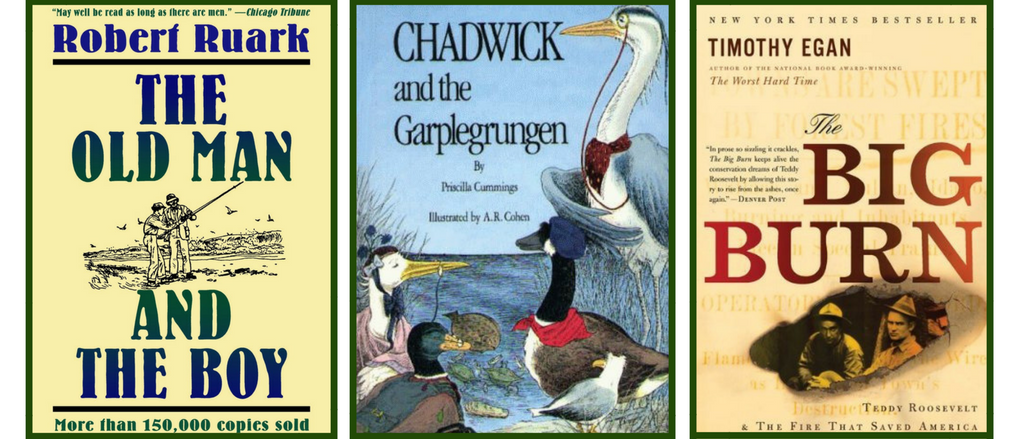
Chadwick and the Garplegrungen by Priscilla Cummings
Steve Kline, TRCP’s director of government relations, enjoys reading thousand-page historical biographies when he’s not in a duck blind, but his recommendation is not going to make you go bleary-eyed. This children’s book is about a crab who escapes the National Aquarium to clean up the Chesapeake Bay with friendly fowl and flounder, you do it.
The Big Burn by Timothy Egan
The Farm Bill may be keeping Alex Maggos busy now, but he spent two seasons as a wildland firefighter in Utah before coming to TRCP as agriculture and private lands director. This might be why he considers this book to be required reading. Post up in a comfy chair for this story of the Great Fire of 1910, the early infancy of the U.S. Forest Service, and President Roosevelt’s response.
Trout are Made of Trees by April Pulley Sayre
Kids as young as three will love the bright artwork and simple narrative in this book about the importance of healthy habitat to trout and all the things fish need to survive. Read it to your budding angler at bedtime, then wake up early to look for bugs and watch the food chain at work.
Old Man and the Boy by Robert Ruark
This collection of Ruark’s best Field & Stream columns brought me to tears. Although it shows its age in other ways (“It pure riles a woman to see a man having any fun that doesn’t involve work. That’s why fishing was invented, really…”), the coming-of-age story is a classic one. The “Old Man” in the title is the author’s hunting mentor, greatest critic, and best friend—his grandfather, who teaches him what it means to be a sportsman and a gentleman.
The Most Important Fish in the Sea by H. Bruce Franklin
Our president and CEO Whit Fosburgh handed me this superlatively titled book about the stinky, oily baitfish known as bunker or menhaden—also known as the unsung hero of the Atlantic. If you’ve ever been striper fishing, you probably own your success to this little fish that put whaling out of business and appear in the ingredients list for makeup, cat food, and vitamin supplements.
And, by popular demand…
A Sand County Almanac by Aldo Leopold
This has become a conservation classic since its first publication in 1949. According to the Aldo Leopold Foundation, it has been translated into 14 languages and more than two million copies have been printed. That seems a small number when you consider that the most recent U.S. Fish and Wildlife survey found 101.6 million Americans enjoy hunting, fishing, or wildlife watching, and A Sand County Almanac should be considered required reading for this crowd. Consider listening to the audiobook, narrated by Stewart L. Udall, who served as Secretary of the Interior for the Kennedy and Johnson administrations.
—
By the way, if you want to expand your conservation library and support our work to guarantee all Americans quality places to hunt and fish, shop for any of these titles via our unique Amazon Smile link or create an Amazon Smile account and select TRCP to automatically receive 0.5% of your transaction, at no additional cost to you.
Have a recommendation that we missed? Share your good reads in the comments section or on Facebook.
This was originally posted on World Book Day 2018 and has been updated to reflect one of the top suggestions from your comments. Keep ’em coming.

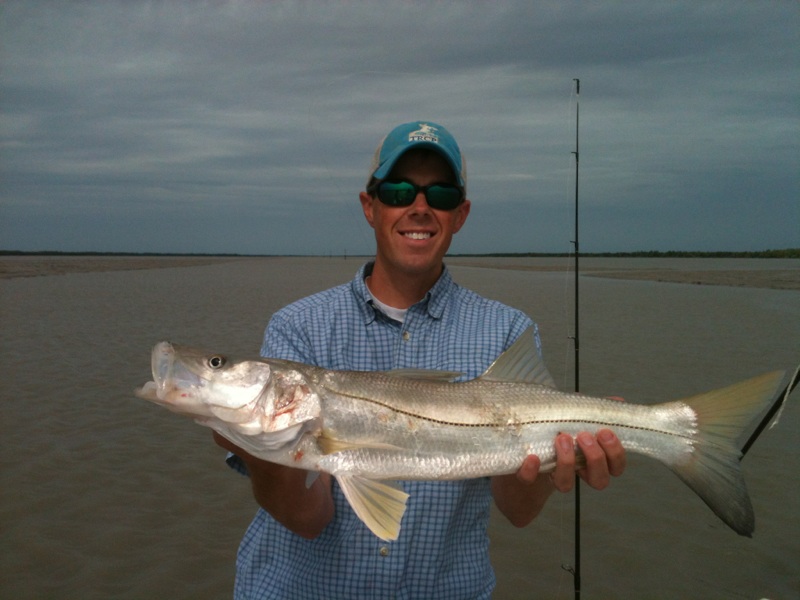
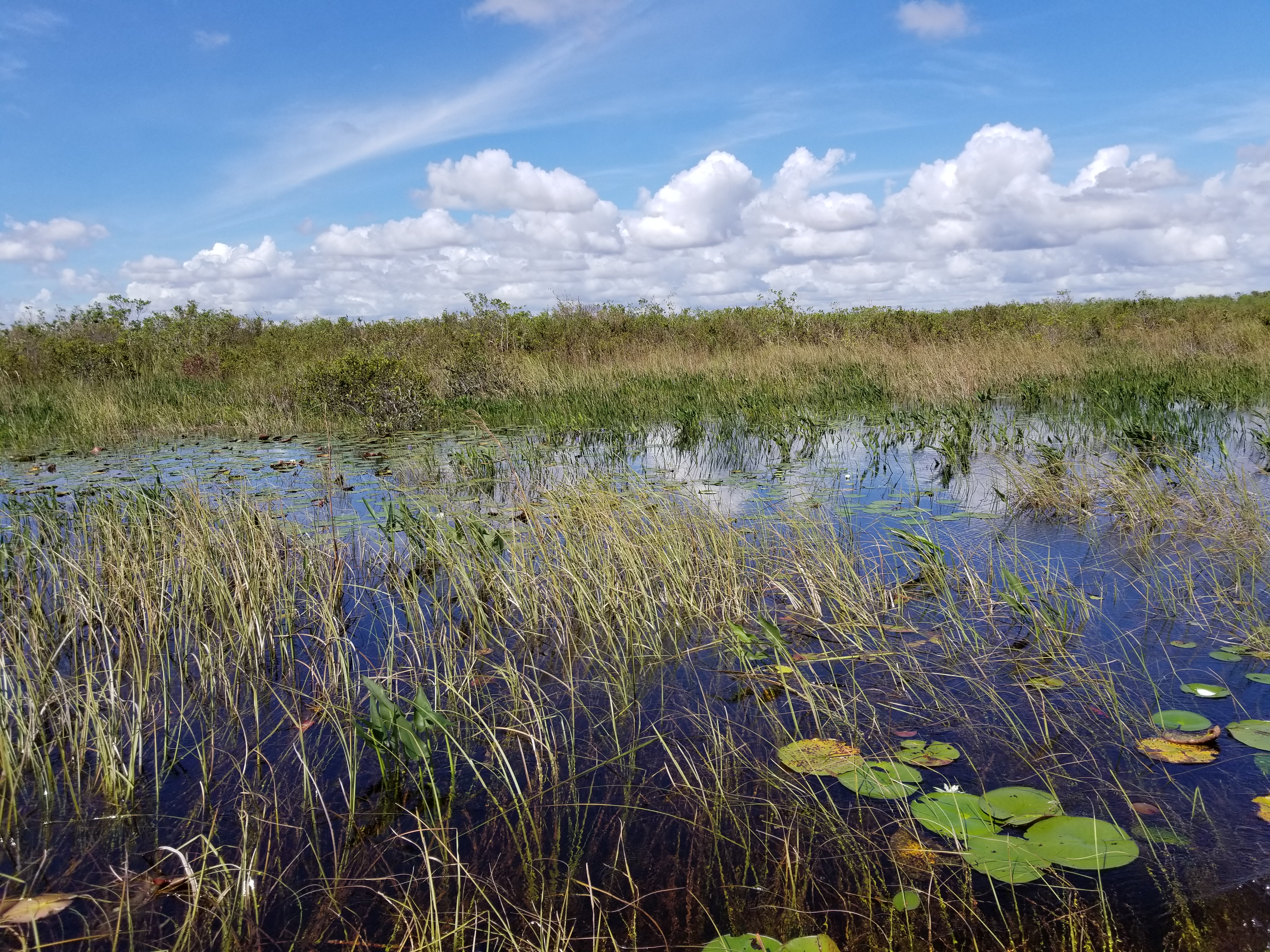
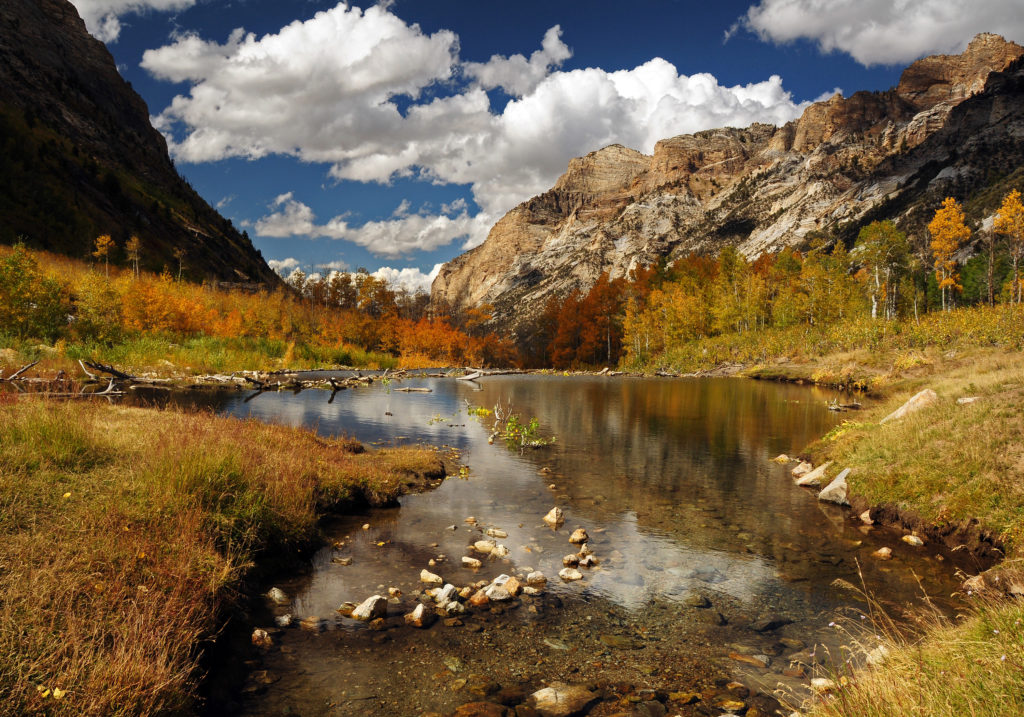
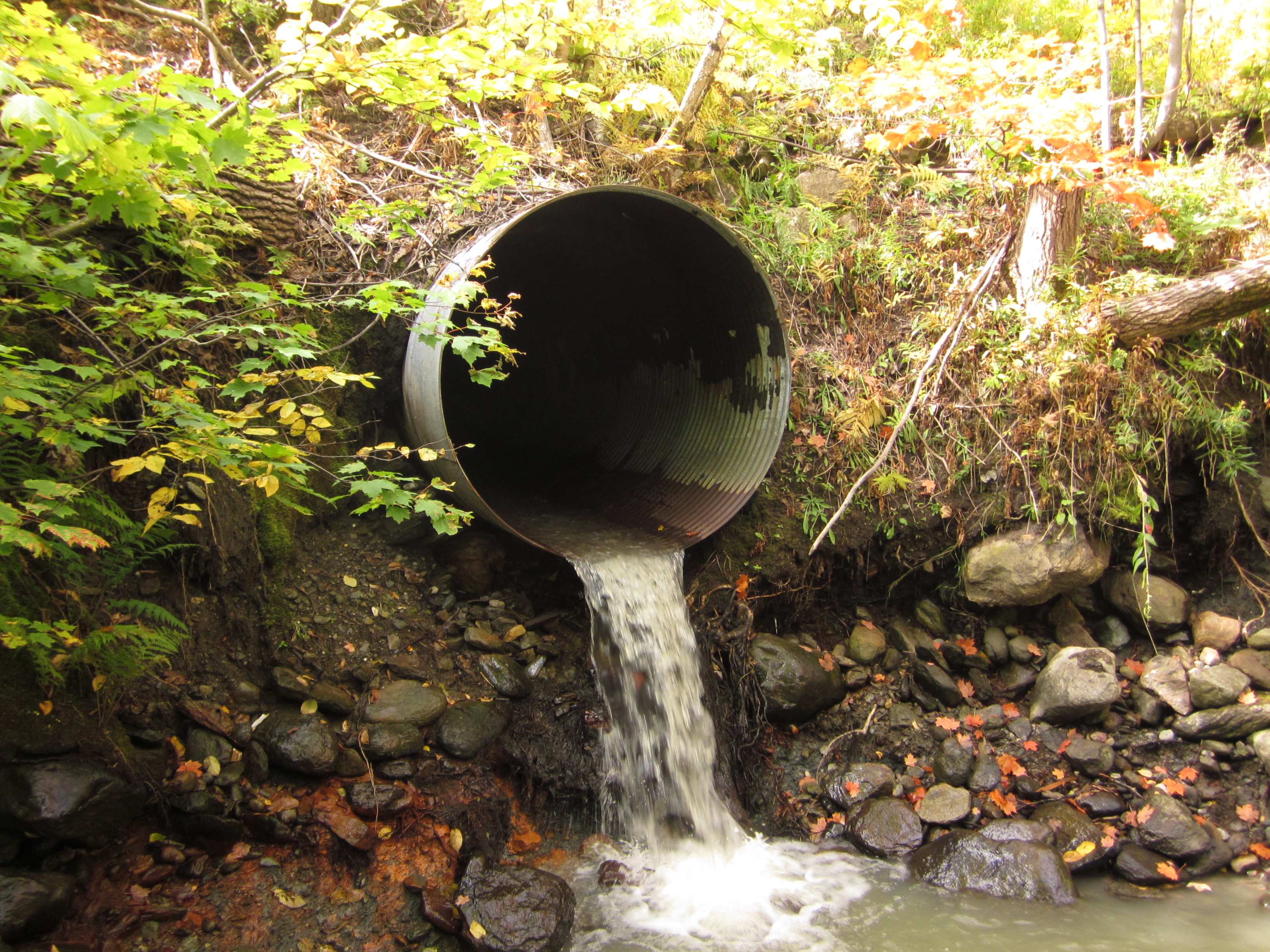

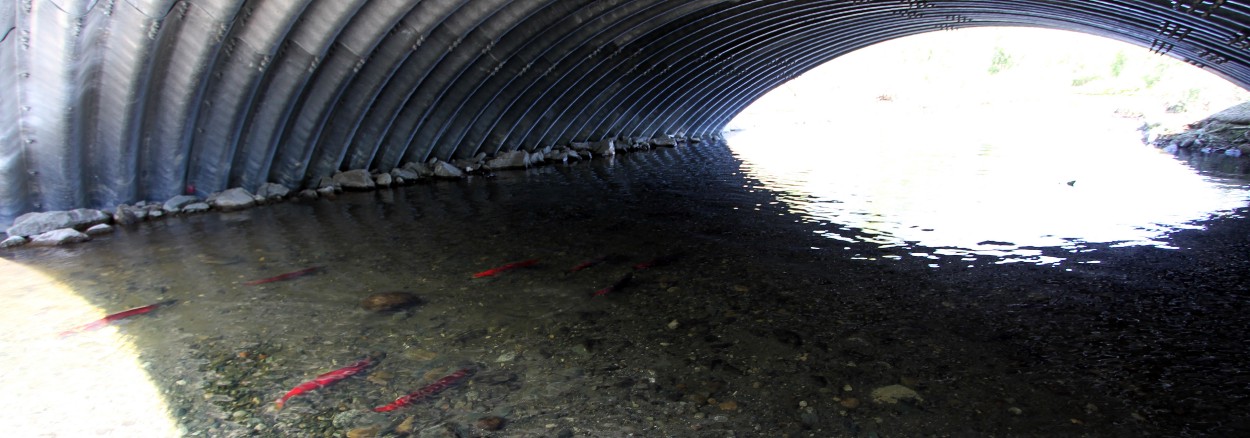




I don’t know how he did it, but Robert Ruark almost literally lifted me as a teenager from a quiet home in central New Jersey to a work chair in the managing editor’s office at Outdoor Life in mid-Manhattan. The dreams and desires Ruark graced my mind with still lift me like the mountains of my home now in central Virginia, tattered though they are with the wrinkles of 80 years of following the likes of Ruark and Corey Ford through fields and riffles and the homes of wild creatures. I am blessed.
Aldo Leopolds “Sand County Almanac”
The Old Man And The Boy is an absolute, but what about Leopoldo A Sand County Almanac?
Three against the wilderness by Eric Collier
Sand County Almanac by Aldo Leopold certainly should be on this list. Amazon lists it as a best seller.
All excellent choices. I’d recommend several books by the late Farley Mowat: The People of the Deer, which tells the story how a subsistence-hunting culture in the Canadian central Arctic was undermined and essentially driven to extinction; Sea of Slaughter, which details the centuries-long legacy of unregulated commercial/industrial (and utterly unsustainable) exploitation of wildlife from codfish to whales; and Owls In The Family, a hilarious telling of the author’s childhood and his “pet” Great Horned Owls (and the mischief they caused – the part about the visiting pastor and the dead skunk will have you ROFL for sure).
What happened to the original conservationist/naturalist — Henry David Thoreau and Walden or any of the other books?
I recommend Walden and the rest of Thoreau’s books.
Missing two essentials about the arid West: Beyond the 100th Meridian by Wallace Stegner. Sort of surprised Stegner is not on the list, he is the premier American author of the West. 100th Meridian tells about the origins of public lands policy in the USA, beginning with John Wesley Powell’s exploration of the Colorado River and Grand Canyon. The other title is Cadillac Ranch by Marc Reisner, which chronicles the politicization of water law and rivers.
Any understanding of conservation in the West must begin with its’ water.
Cadillac Desert
A Sand County Almanac. Number one on my list. It started me down a path of lifelong conservation focus and made me a proud hunter.
John McPhee’s Encounters with the Archdruid is my all time favorite. Don’t forget the women: Terry Tempest Williams has amassed a remarkable body of work about the land and our soul’s ties to it.
A Sand County Almanac is definitely a must, but every list would get old of they all included the Alamanac. It goes without saying that it is a must.
I would add Walden (another obvious choice), “The Wilderness Warrior:, and “Hunting Trips of a Ranchman”.
America’s Snake is a pretty good one as well.
This book, as a novel, launched me into a public Forestry career protecting the ecosysyems and its wild resources , against all the crumby odds of Politics and Special Interests groups to succeed……. but only for a blink here and there,,,However I kept the cupboard open for the 7th Generation
Best we not forget her…She persisted, she changed the Chemical Industry, she set us upon a caring course for all the environments, she saved us from our quick fixes and greedy profits
I’m surprised there isn’t a mention of Silent Spring. Sand County Almanac should be here too.
Too many excellent books to try and identify six. Regardless, Sand County Almanac should be on any list. Just to add to the list, I’d include The River of the Mother of God (Leopold eassys), and American Sportsmen and the ORigins of Conservation (John F. Reiger).
This list is not complete without “A Sand County Alminac”.
I agree Walden, Thoreau, Leopold, Carson, and Stegner should be on there somewhere. What about John Muir? The books on the west and water are critical to read and understand. When the Rivers Run Dry was really depressing but a good read.
In addition to the two obvious omissions (Sand County Almanac and Walden), I would suggest Crossing Open Ground by Barry Lopez, and Our Wildlife Legacy by Durward Allen.
More to add to the list that will, perhaps, challenge conventional thinking: “The End of Nature” by Bill McKibben; “The Trouble with Wilderness” by William Cronon; “Biophilia” and “Half-Earth” by E.O. Wilson